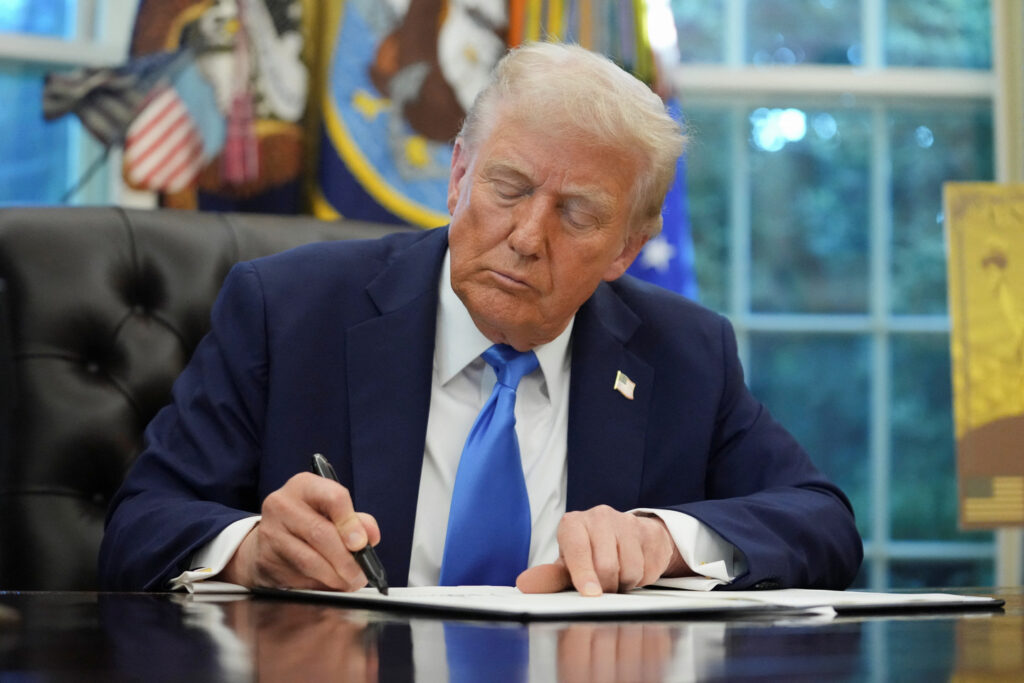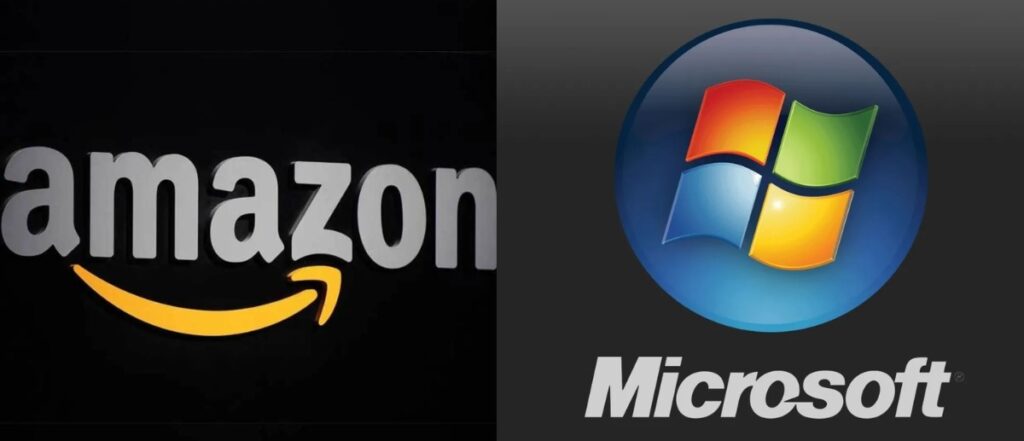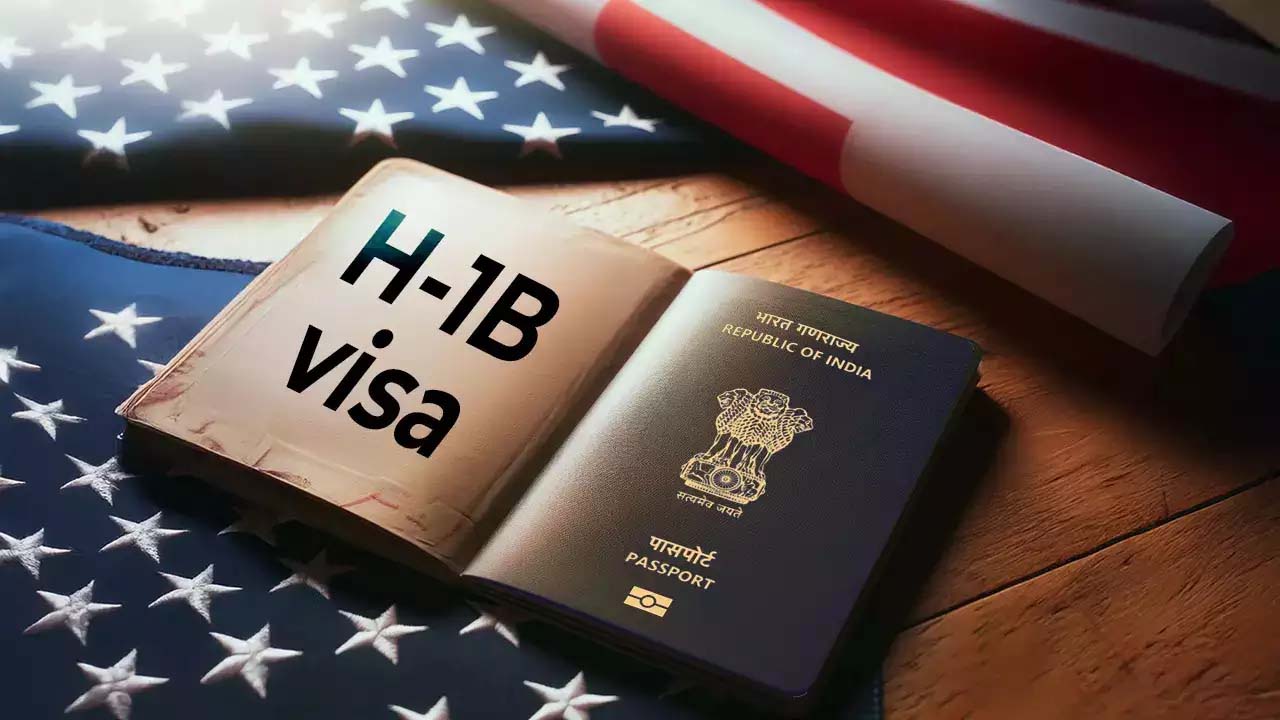September 20, 2025
The Trump administration’s newly announced $100,000 annual H-1B visa fee is set to shake the U.S. technology sector. With skilled foreign workers, particularly from India, forming the backbone of innovation in IT, engineering, and healthcare, companies now face soaring costs and the risk of talent shortages, potentially delaying projects and slowing technological advancement across industries.

The H-1B visa program has long been a critical channel for skilled professionals, particularly from India, to work in the U.S. technology, engineering, and healthcare sectors. Under the new rules, companies must pay the fee for each employee and meet higher wage standards to ensure parity with American workers. The administration has also proposed a “gold card” visa for a $1 million contribution and a “platinum card” for $5 million, which provides limited residency without U.S. taxation on foreign income.
Industry Reactions
Companies including Microsoft, Amazon, and JPMorgan have warned employees to return to the U.S. before the fee takes effect to avoid complications.

Indian IT industry bodies, like Nasscom, have expressed concern about the abrupt implementation, citing potential disruptions to ongoing U.S.-based projects and global operations. Critics argue that smaller tech firms and startups, which often rely on H-1B talent, may face disproportionate challenges.
Potential Advantages
- Encouraging Domestic Employment: The administration argues that the fee incentivizes companies to hire U.S. workers, potentially reducing unemployment among domestic professionals.
- Higher Compensation Standards: By requiring higher wages for H-1B employees, the policy seeks to prevent underpayment and ensure foreign workers are not exploited.
- Revenue for the Government: The substantial fee could generate billions in federal revenue, which proponents say could be reinvested into domestic workforce development programs.
- Targeted Residency Programs: The gold and platinum card options may attract high-net-worth individuals and investors, potentially boosting economic growth and innovation
Potential Drawbacks
- Impact on U.S. Companies: The fee may significantly increase labor costs, particularly for tech giants, startups, and mid-sized firms that rely on H-1B talent. Companies may reduce hiring or shift operations offshore to cut expenses.
- Talent Shortages: Limiting access to skilled foreign professionals could slow innovation in critical sectors like artificial intelligence, biotechnology, and cybersecurity.
- Effect on Indian Professionals: Indians constitute roughly 70% of H-1B holders. Many may reconsider or delay relocation to the U.S., affecting both individuals and the companies that depend on their expertise.
- Global Competitiveness at Risk: Restricting access to foreign talent could weaken the U.S.’s position as a destination for global professionals, while other countries like Canada, Germany, and Singapore may gain an advantage.
- Legal Uncertainty: Experts question whether such a high fee can be imposed without congressional approval, suggesting potential legal challenges ahead.
Looking Ahead
The announcement has significant implications for Indian professionals, who represent the majority of H-1B visa holders. India’s IT industry body, Nasscom, has expressed concern over the abrupt implementation, warning that it could disrupt ongoing U.S.-based projects and strain global operations for Indian companies. The one-day notice period has intensified fears about the policy’s potential to destabilize employment and innovation across the tech sector.
Critics argue that the policy could stifle innovation and deter international talent at a time when the U.S. competes globally for highly skilled professionals. Legal experts have questioned the administration’s authority to impose such a high fee without congressional approval, suggesting that the policy may face judicial challenges.
As the policy takes effect, companies and professionals alike must navigate a dramatically altered landscape. Its long-term impact on innovation, competitiveness, and U.S.-India relations remains uncertain, while stakeholders closely monitor the unfolding situation.











Leave a comment